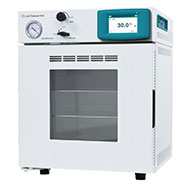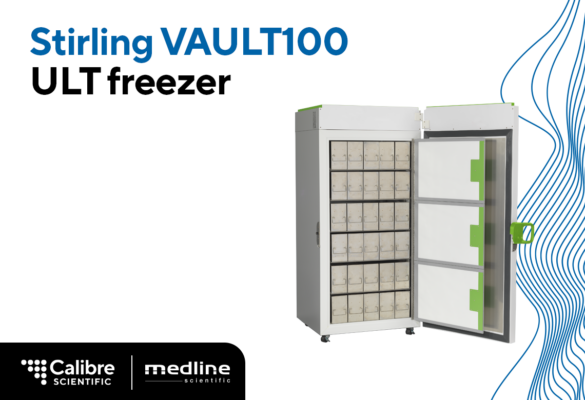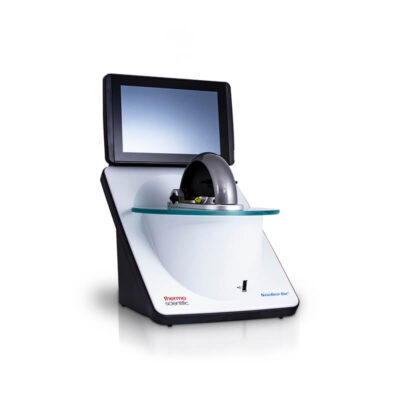Vacuum ovens are used for a variety of jobs throughout industry. They have many applications in both scientific and non-scientific disciplines.

What is a vacuum oven?
A vacuum oven is a multi-purpose piece of equipment that can be used for a variety of tasks in laboratory research, engineering, and industry (e.g., pharmaceuticals, electronics, ceramics, textiles, paper, and rubber). Vacuum ovens work by using a vacuum pump to remove air from the oven chamber. This allows substances to be dried at lower temperatures and minimises oxidation during drying.
Applications and benefits:
Vacuum ovens are a versatile tool that can be used for drying small parts; removing flammable solvents; moisture content determination; purification; sterilising, baking out, degassing, and more…
1. Gentle drying: Vacuum ovens can be used for delicate drying processes such as drying small parts by removing moisture content through evaporation. They provide gentle drying at a lower temperature making them ideal for processing temperature-sensitive samples/substances; products that would be damaged in a standard laboratory oven e.g., medication, food stuffs, electrical components such as switches, and even some chemicals.
Vacuum ovens are useful for samples that are tricky to dry like powders and granules since there is no fan circulation to disturb powders during drying. They can also be used to prevent oxidation of certain metallic products/components.
Other applications include the drying of:
- Tissue samples in pathology departments and cancer research
- Substances such as proteins and pigments that are easily decomposable
- Delicate plant materials
2. Remove flammable solvents and volatile contaminants: Due to the presence of oxygen, some compounds create an explosive atmosphere during drying. Vacuum ovens greatly reduce this risk by drying in vacuum conditions. An example application is the removal of solvents from botanical extractions.
The risk of thermal explosion of oxides during drying is also avoided by drying in vacuum.
3. Dry sterilisation: The removal of air from the oven chamber creates an oxygen-free environment that is hostile to many bacteria and other microorganisms. This makes vacuum ovens suitable for sterilising lab equipment and medical instruments.
4. Curing and conditioning: In an industry setting, materials such as resins and plastics are conditioned in vacuum ovens. And in the aerospace industry, pieces of equipment may need to undergo thermal processing in large vacuum ovens.
How does it work?
Vacuum ovens have been around for over a century. They are an effective method for removing unwanted or excess moisture from a substance using a combination of raised temperature and reduced pressure. When the pressure around the substance is reduced, the boiling point of the substance is also reduced, resulting in increased evaporation at a lower temperature. A vacuum pump is required to reduce the pressure within the oven.
The rate of evaporation can also be accelerated by increasing the temperature. When drying is performed at higher temperatures, lowering the pressure will enable faster evaporation, reducing the processing time.
What are the different types of vacuum ovens?
There are two main types of vacuum ovens: bench top and freestanding.
Bench top vacuum ovens are small, compact units that can be placed on a lab bench. They are ideal for labs and other small spaces where a larger oven would not be practical.
Freestanding vacuum ovens are larger units that can be placed on the floor. They offer more space for larger items, or batches of items, and often have features such as casters for easy mobility.
What are the benefits of using vacuum ovens?
Vacuum ovens offer a number of benefits for those who use them. These include:
- Uniform drying with precise control over temperature and vacuum
- Gentle drying for light parts or powers
- They are versatile making them suitable for a variety of tasks in many industries (as detailed above)
- Since vacuum drying lowers the boiling point, losses of compounds (other than water) are minimised
- Vacuum ovens are very efficient. The use of vacuum helps to shorten drying times. They use less energy than standard ovens, which means they can help to save money and reduce your carbon footprint
- Finally, vacuum ovens offer a number of features that make them even more convenient and easy to use. Many models come with built-in timers, so you can set them and forget about them until the job is done. Others have remote monitoring and control via your mobile phone
Vacuum ovens have quickly become a laboratory staple for their versatility and innovation. Have a look at our range here.






